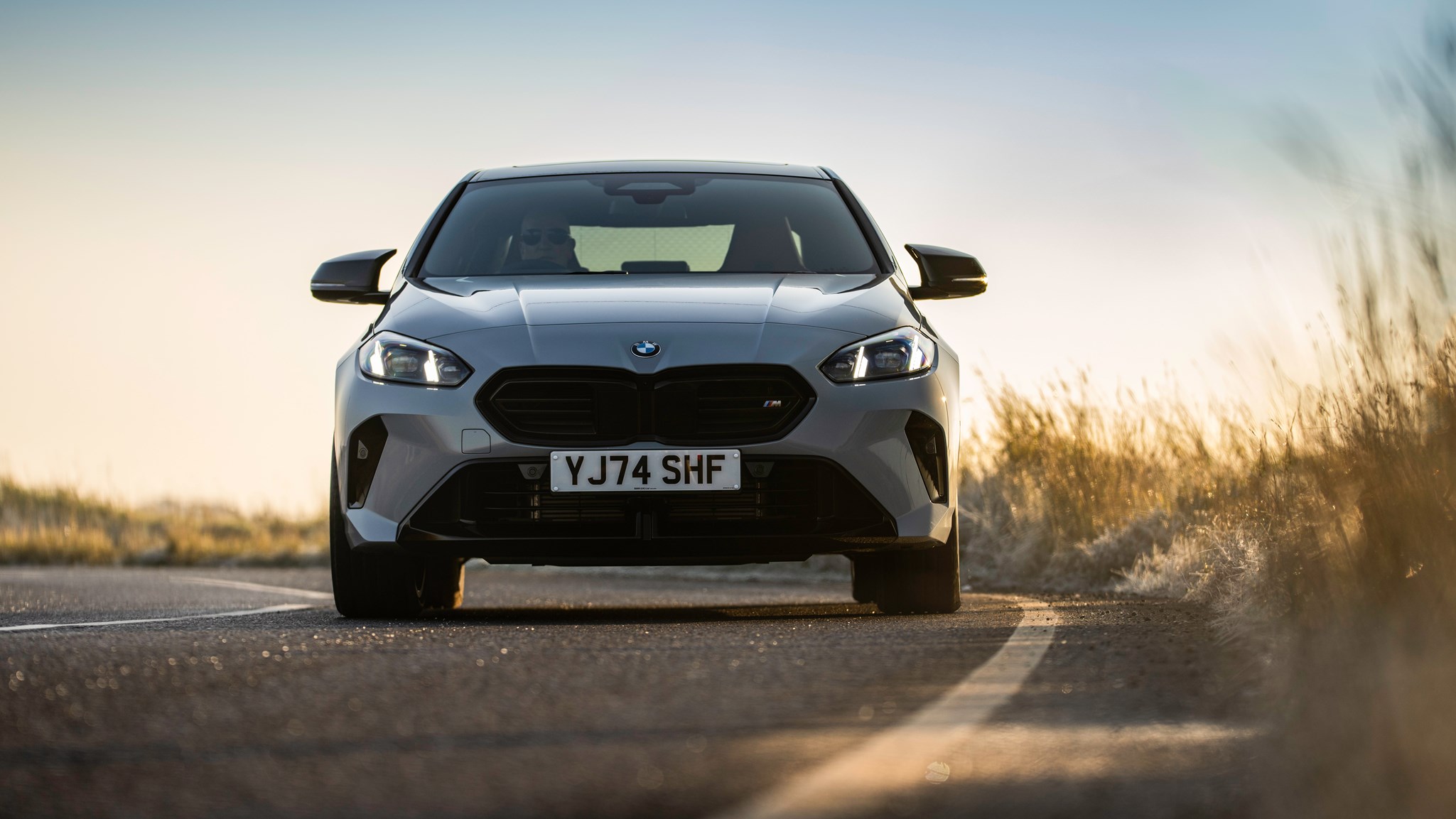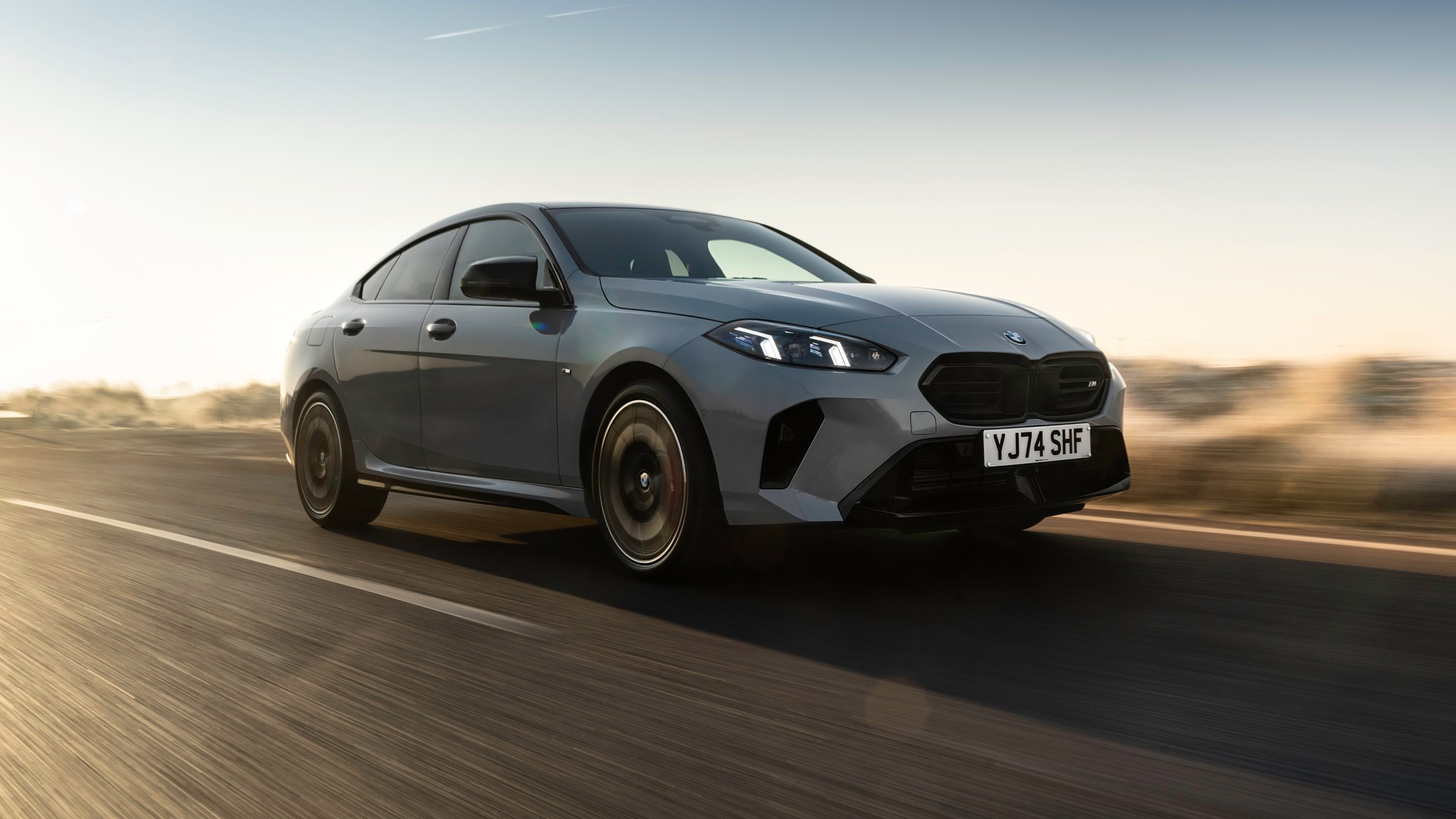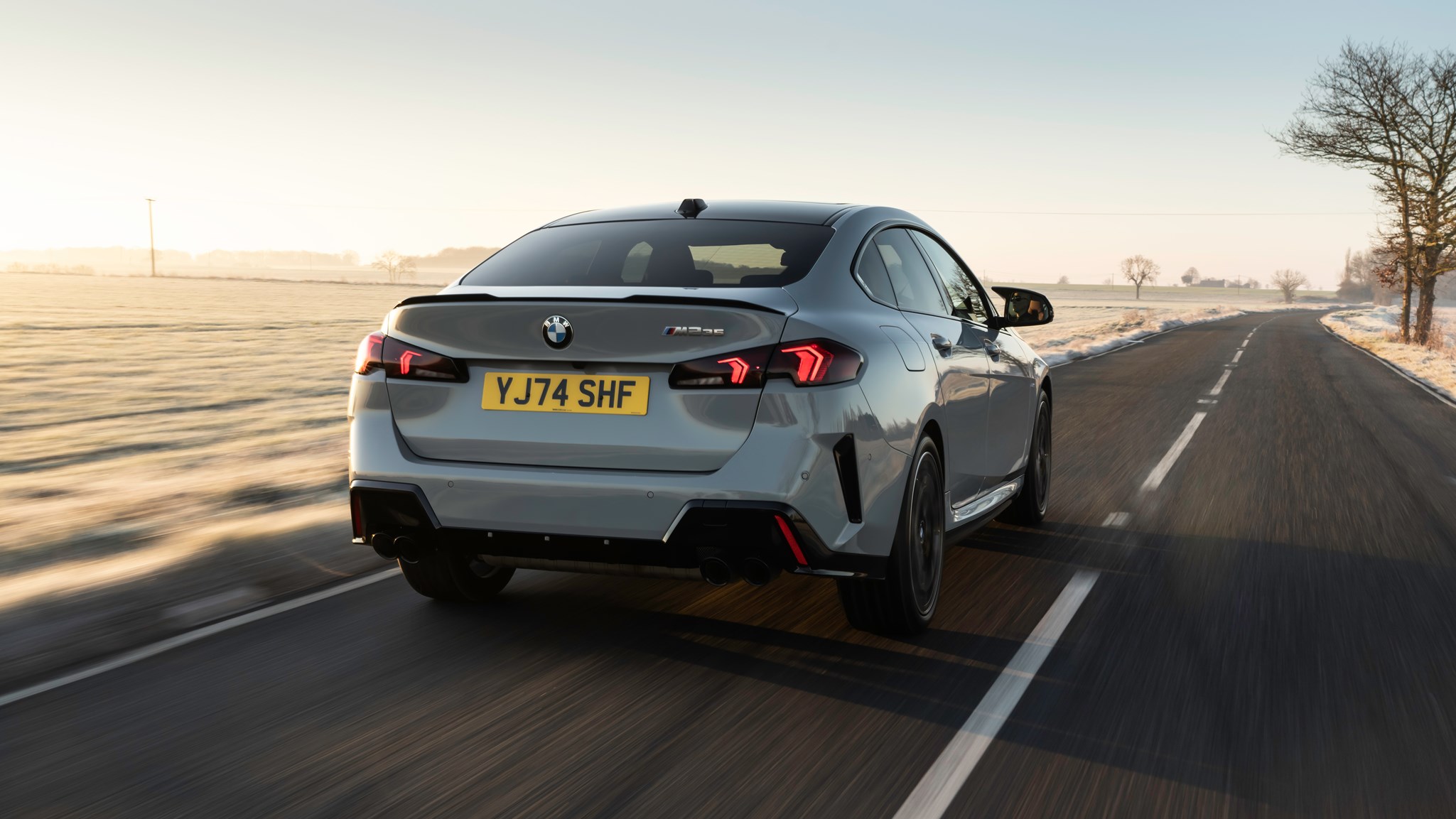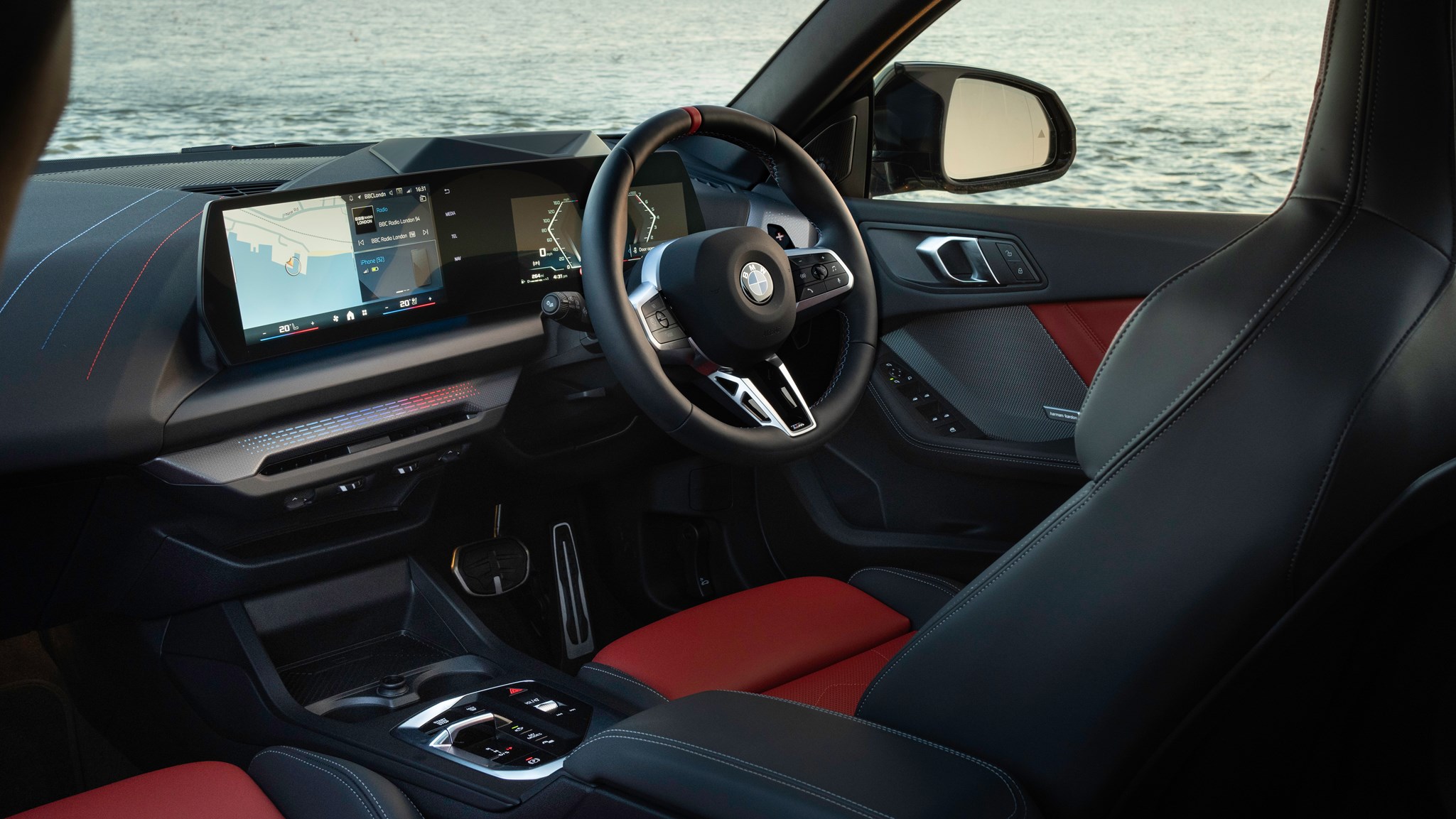► BMW’s oddball small saloon returns for new generatio
► New engines but slimmed-down line-up
► Does it work between a 1 and 3 Series?
If you’ve considered the BMW 2 Series Gran Coupe a niche prospect, think again. It’s the most popular model in the ‘2’ line-up and is the German firm’s most youthful model, having the lowest average customer age of any BMW.
While far from having the popularity of the 1 Series hatchback it shares so much in common with, it’s important nonetheless and with the new Mercedes CLA just around the corner, this is an important refresh.

Only it’s not a refresh at all, but rather (like the 1 Series) it’s labelled a new generation based on its new electrical architecture, new interior and even a new model code (F74 rather than F44 for the nerds among us).
At a glance
Pros: Stunning interior, excellent handling, M235 is rapid
Cons: Tight on rear-seat space, engine in the 220 is quite gruff, boot is not a practical shape
What’s new?
This is fundamentally the same set of changes as the 1 Series received in 2024, meaning you’ve got the same questionable Kia Ceed-esque front end, a completely new interior made up of BMW’s Curved Display digital screens and mild-hybrid engines under the bonnet.
As on the 1 Series, the engine line-up has been cut back significantly with the entry-level petrol units and all diesel variants discontinued in the UK. An illuminated kidney grille surround is available for the first time (if you really must) and the dimensions of this new Gran Coupe have changed slightly, being 2cm longer and 2.5cm taller.
What are the specs?
Engine choice consists of three petrol engines – the 220, 223 xDrive and M235 xDrive. Note the lack of ‘i’ at the end of their names too, as is now customary across new BMWs. All but the flagship M235 use a new 48-volt mild-hybrid system too, which is integrated into the new seven-speed dual-clutch automatic transmission.
The 220 will account for the bulk of sales, using a turbocharged 1.5-litre producing 168bhp and 207lb ft of torque, driven to the front wheels, enabling a 0-62mph time of 7.9 seconds and a 143mph top speed. If you want a bit more power and all-wheel-drive without a significant price increase, the 223 xDrive’s 2.0-litre engine develops 215bhp and drops the 0-62mph time to 6.4 seconds. Claimed fuel economy stands at 47mpg compared to 52mpg for the 220.
At the top of the range, the M235 xDrive develops 296bhp and 295lb ft of torque, dropping the 0-62mph time to just 4.9 seconds with the top speed limited to 155mph. BMW claims 36mpg.
How does it drive?
I get to drive two versions of the 2 Series – starting the day with the 220 and ending with the M235. For most situations, the 220 is more than quick enough, with a decent power delivery but it does make quite a racket in the process – its lack of engine refinement is at odds with just how quiet the Gran Coupe is in general at speed.

At the other end of the scale, the M235 feels far too ‘try hard’. Like the M135 hot hatch its engine sound is pumped far too much through the speakers and sounds irritatingly fake. It becomes tiring quickly, though can be subdued in more standard driver modes. The M235 is usefully quick, however, with an almost Volkswagen Golf R ability to deploy the power whenever you require.
Both are far better to drive than an equivalent Audi A3 or Mercedes CLA, however, with precision to the steering and top-drawer body control that the fellow German brands can’t match. The trouble is the M235 doesn’t feel a big enough step up above the 220 in any regard other than outright performance.
BMW is now only selling the 2 Series Gran Coupe in M Sport or M235 guise, meaning sports suspension is standard and it certainly treads on the firmer side of things. It will be interesting to see how it copes with the UK’s pockmarked surfaces.

What’s it like inside?
The 2 Series Gran Coupe is one of the last BMWs to adopt the firm’s Curved Display, used to merge the digital dial display with the touchscreen in one surface. It looks fantastic, though isn’t necessarily an improvement in the real world with the climate control now within the touchscreen. The screens in our test cars also weren’t quite as quick or responsive as we’ve become used to from BMW, too.
But it’s hard to knock the interior for quality, with some stunning details such as the illuminated backlit aluminium panels across the dashboard and hand-stitched M colours into the dashboard. No other premium manufacturer manages to make its cheaper cars feel as special inside. The suede and artificial leather sports seats are also a highlight.
Where the 2 Series Gran Coupe falls short is on the practicality front. BMW claims it targets young families with this car, but it would be a real struggle trying to manoeuvre a child seat into the rear because of the small door opening and narrow windows. Legroom is acceptable because of the sculpted front seatbacks but headroom is limited for even adults of average height because of the sloped roofline.

The rear seats do fold individually, though, and the 430-litre boot is larger on paper than the 1 Series’ but not as useful in the real world because of the narrow opening. Be aware that the mild-hybrid system on the 220 and 223 models also eats into available space, reducing the volume to 360 litres.
Before you buy (trims and rivals)
Prices for the 2 Series Gran Coupe start from £34,915 for a 220 M Sport, £38,595 for the 223 M Sport and £44,435 for the M235. It works out as around £1,000 more expensive than an equivalent 1 Series, which isn’t bad considering how much larger a car it is.
Standard equipment on the M Sport includes 18-inch alloy wheels, heated Alcantara and artificial leather sports seats, a reversing camera and the Curved Display interior. With the M235 you’re mainly paying for the larger engine but it also adds a performance exhaust, rear spoiler and Harman Kardon sound system.
As with any BMW the options list is extensive and can quickly rack up the price. One thing to note that’s available on the M235 is the £3,000 M Dynamic Pack, which brings larger 19-inch alloys with upgraded brakes and a sportier chassis if you want to make the 2 Series feel more engaging though we haven’t had the chance to test this yet.

Verdict
This might be labelled a new generation of 2 Series Gran Coupe, but it’s very much an extension of the previous model. This is a BMW that’s great to drive and with an interior that is a step above the equivalent Audi or Mercedes. No surprises there.
But as before, it feels a bit neither here nor there. Its compromised interior space means it’s not as useful as a 1 Series in most day-to-day instances, despite its increased dimensions, and though views are always subjective, I’m not sure it looks any better. The M235 also doesn’t feel special enough to warrant its premium over a standard 220. A six-month-old 3 Series seems a much better buy instead.
Specs are for BMW 220 M Sport